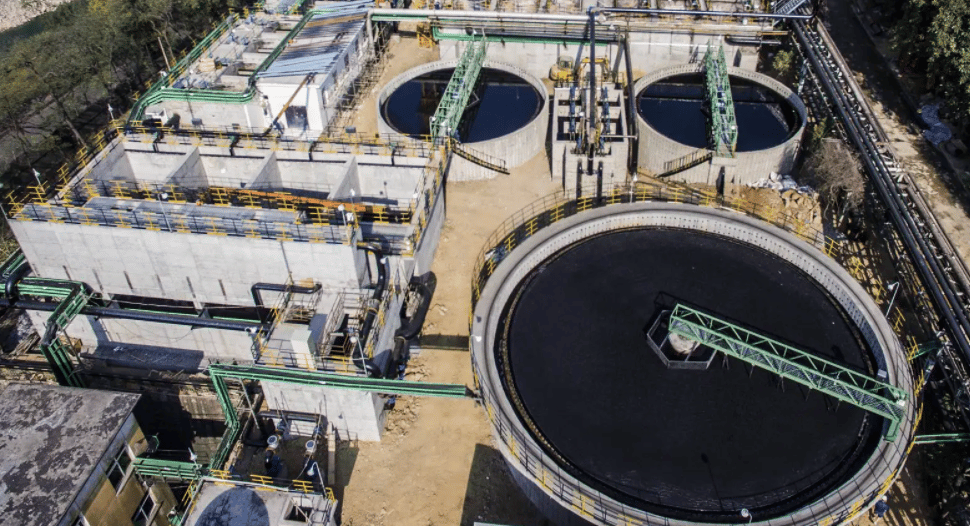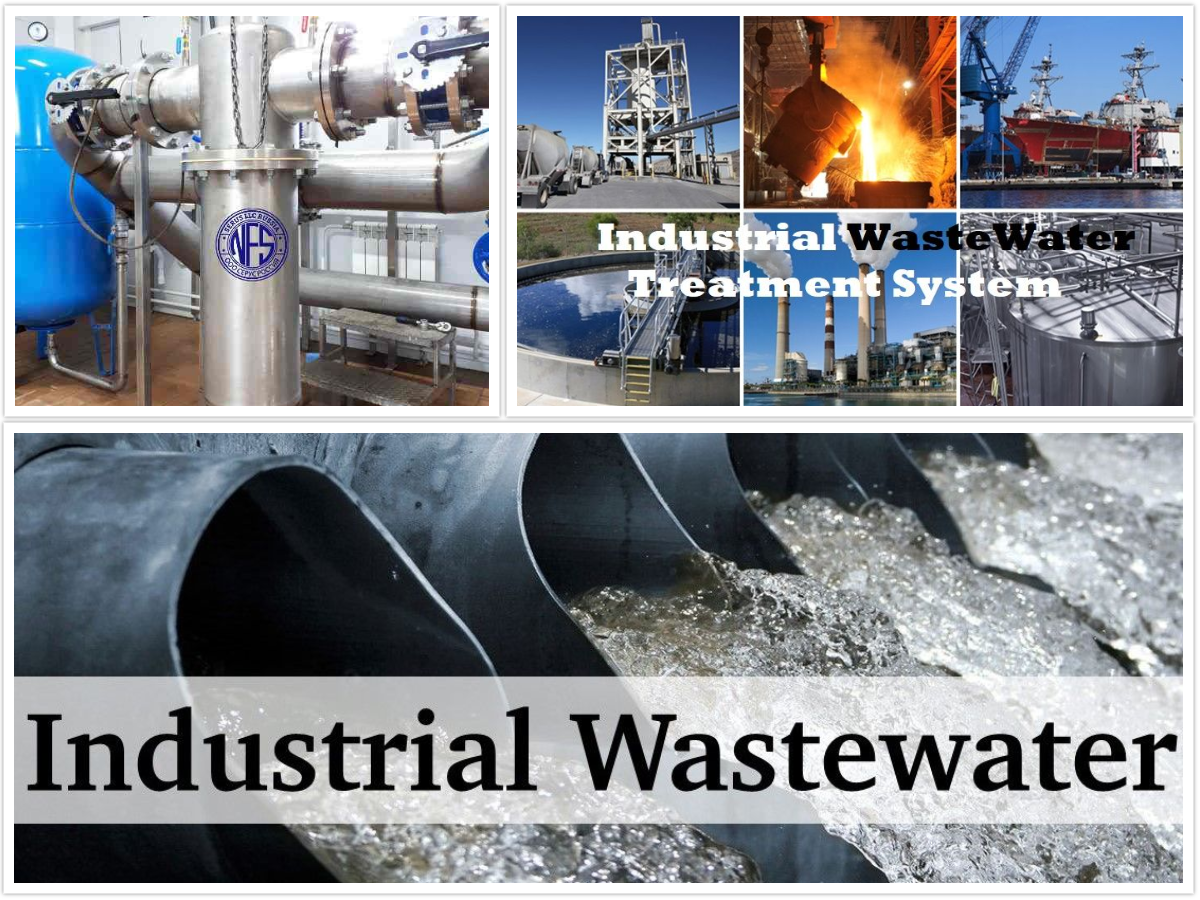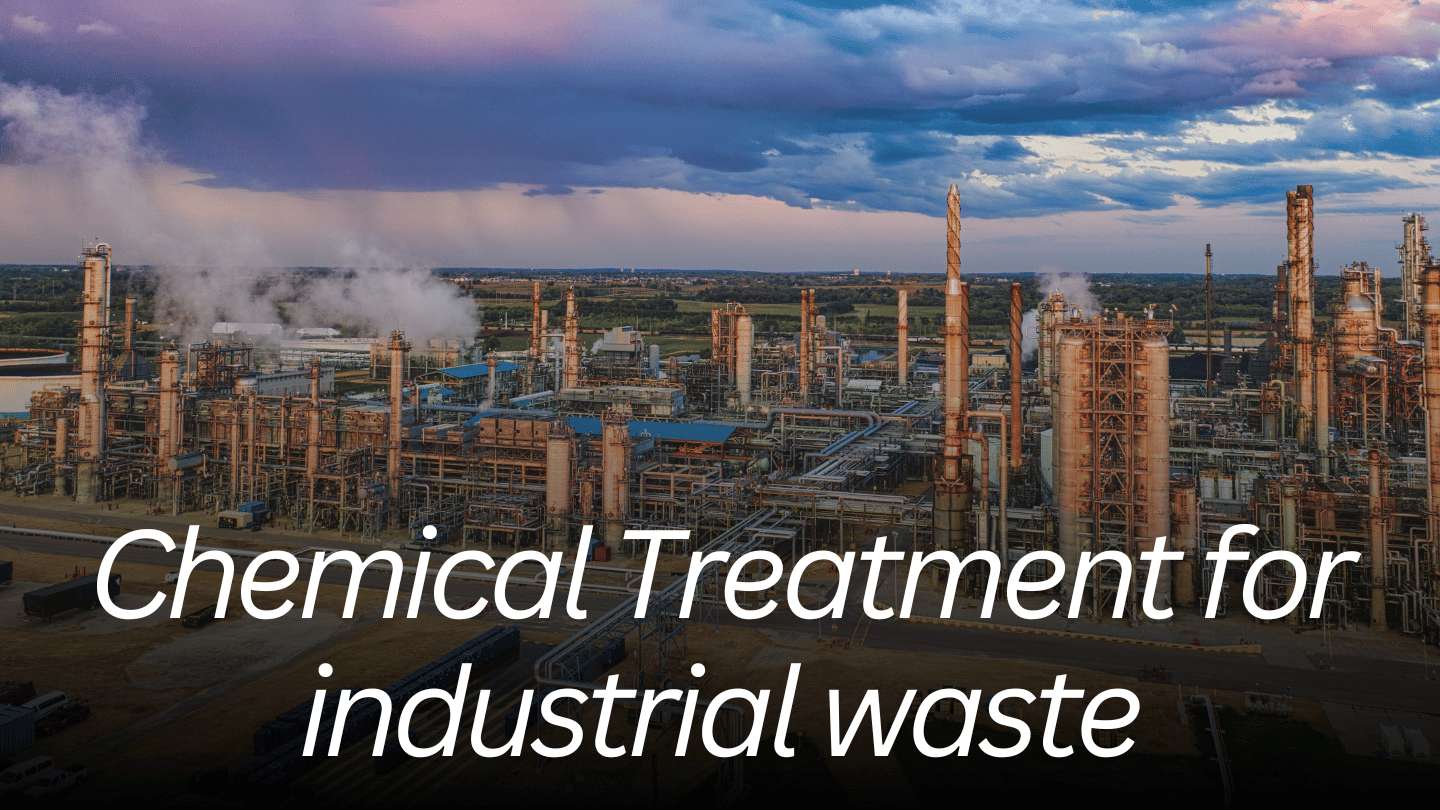Industrial Waste Water Treatment-- Industrial-Grade Water Filtration and Filtering Solutions
Industrial Waste Water Treatment-- Industrial-Grade Water Filtration and Filtering Solutions
Blog Article
Advancements and Advances in Hazardous Waste Water Treatment Technologies
The landscape of commercial wastewater treatment is going through a transformative shift, driven by advancements that enhance both effectiveness and sustainability. Arising innovations, such as membrane layer bioreactors and microbial fuel cells, are redefining impurity removal procedures while adding to energy generation. In addition, resource healing approaches are acquiring grip, aligning with circular economic situation principles. As regulative criteria evolve, the combination of AI and equipment learning into wastewater administration systems assures to make certain and streamline operations compliance. Nonetheless, the complete implications of these developments increase essential questions concerning their scalability and long-term influence on industry methods.
Introduction of Waste Water Treatment Technologies
Wastewater treatment modern technologies incorporate a series of techniques developed to remove impurities from commercial effluents before their release right into the atmosphere. These technologies are critical for keeping eco-friendly balance and making certain conformity with environmental laws. The key classifications of wastewater treatment consist of physical, chemical, and biological approaches, each serving distinct objectives based on the nature of the contaminants existing.

Biological therapy techniques use microorganisms to deteriorate natural issue, making them specifically effective for organic-rich effluents. Techniques like activated sludge and biofilm reactors harness the natural deterioration capacities of microorganisms, leading to significant reductions in biochemical oxygen demand (BOD)
Advanced Filtering Methods
Advanced filtering methods stand for an essential advancement in the world of commercial wastewater therapy, boosting the performance of impurity elimination procedures. Industrial Waste Water Treatment. These techniques include a variety of innovations, including microfiltration, ultrafiltration, nanofiltration, and reverse osmosis, which offer sequential barriers for numerous fragment dimensions and chemical frameworks
Microfiltration and ultrafiltration use membrane systems to remove suspended solids, microorganisms, and bigger natural molecules, improving the quality of effluent previous to more treatment. Nanofiltration bridges the gap in between ultrafiltration and turn around osmosis, successfully eliminating natural substances and divalent ions, therefore decreasing the load on downstream procedures.
Reverse osmosis supplies the highest degree of purification by permitting just water and small particles to travel through its semi-permeable membranes, making it perfect for reclaiming high-grade water from commercial effluents. Recent advancements in membrane layer technology, consisting of the advancement of more fouling-resistant and long lasting materials, have actually substantially improved functional efficiency and reduced expenses.
Incorporating these innovative filtering techniques not just enhances the total treatment procedure however also adds to sustainability efforts by making it possible for water reuse and resource healing in industrial setups. (Industrial Waste Water Treatment)
Biological Therapy Developments

Moreover, the development of crafted biological systems, such as membrane layer bioreactors (MBRs), integrates biological therapy with advanced membrane layer filtering. This integration permits higher effluent top quality and decreased impact, making it appropriate for space-constrained commercial facilities. Technologies in genetically engineered microbes have likewise emerged, boosting the biodegradation of particular pollutants, such as drugs and hefty steels, that are traditionally testing to remove.
Furthermore, the execution of bioaugmentation methods, where beneficial germs are introduced to improve the existing organic treatment processes, has actually revealed promising cause improving treatment efficiency. These innovations site web collectively symbolize a trend towards even more lasting and efficient organic treatment approaches that can adjust to the advancing complexities of industrial wastewater streams. As markets proceed to focus on environmental compliance, these biological advancements will certainly play a crucial function in wastewater monitoring.

Resource Recuperation Techniques
In commercial setups, the integration of source recovery approaches has actually become significantly crucial for enhancing sustainability and decreasing waste. These techniques concentrate on drawing out valuable products and energy from wastewater streams, therefore transforming possible pollutants right into reusable sources.
One prominent technique is nutrition recuperation, where nitrogen and phosphorus, frequently existing in excess in wastewater, are caught and transformed into plant foods. This not only decreases ecological impacts however additionally offers a round economy option for farming applications. Additionally, innovations such Related Site as anaerobic food digestion allow for the conversion of organic waste right into biogas, an eco-friendly energy source that can balance out fossil gas use in industrial procedures.
In addition, advanced filtering and membrane layer modern technologies facilitate the recovery of commercial byproducts such as salts and steels. These recovered materials can be reintegrated into production procedures, lowering the need for virgin resources.
Future Patterns in Drainage Administration
As sectors significantly prioritize sustainability, the future of wastewater management is readied to go through considerable improvements. Technical innovations, such as expert system and artificial intelligence, will allow much more effective tracking and administration of wastewater systems. These modern technologies can anticipate maintenance needs, optimize treatment procedures, and boost decision-making, inevitably decreasing functional costs and environmental influence.
Additionally, the combination of circular economy principles will play an essential duty in wastewater administration. Industries are expected to shift towards systems that not just deal with wastewater yet also recoup useful sources, such as nutrients, water, and power. This change will certainly decrease waste and advertise the reuse of products, lining up with international sustainability objectives.
Emerging treatment strategies, such as membrane bioreactors and advanced oxidation procedures, will certainly further improve the performance of wastewater therapy, permitting higher quality effluents suitable for reuse. In addition, regulatory structures are most likely to develop, stressing more stringent requirements for wastewater discharge and motivating markets to take on cutting-edge therapy options.
Verdict
To conclude, the development of commercial wastewater therapy modern technologies demonstrates a substantial change towards boosted performance and sustainability. Developments in sophisticated filtering methods, biological treatments, and source recovery methods highlight the sector's dedication to environmental stewardship. The combination of fabricated intelligence and artificial intelligence additionally maximizes these processes, ensuring governing conformity and promoting a round economy. Proceeded developments in these areas will certainly play a critical duty fit the future of wastewater management and shielding vital water sources.
The landscape of commercial wastewater therapy is undertaking a transformative change, driven by advancements that boost both effectiveness and sustainability.Wastewater treatment modern technologies encompass a range of approaches designed to remove pollutants from commercial effluents before their release into the environment.Utilizing the power of biological processes has actually led to substantial technologies in the therapy of commercial wastewater.Furthermore, the application of bioaugmentation methods, where helpful microorganisms are introduced to enhance the existing organic therapy processes, has shown encouraging outcomes in enhancing treatment efficiency. These technologies jointly represent a trend in the direction of even more reliable and sustainable biological therapy methods that can adapt to the evolving intricacies of industrial wastewater streams.
Report this page